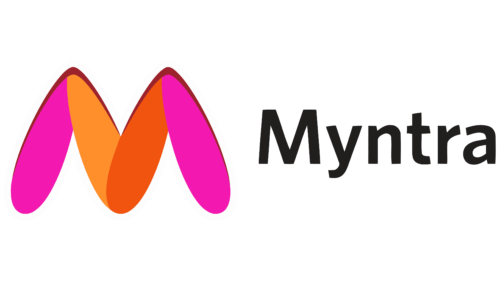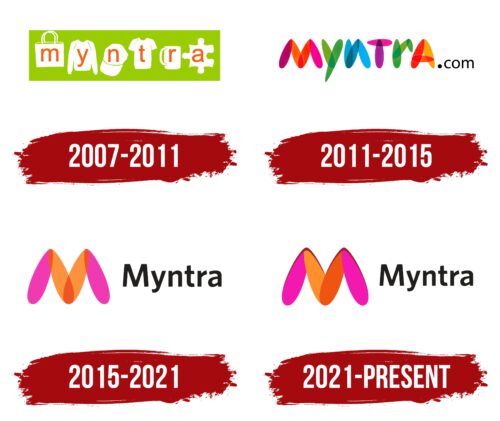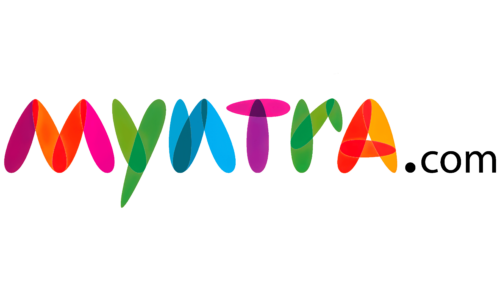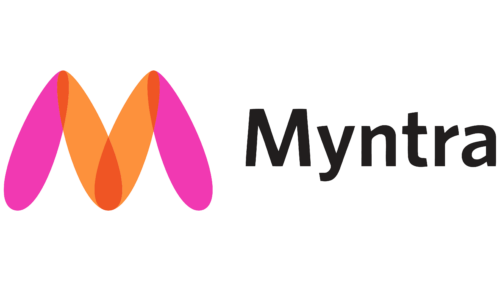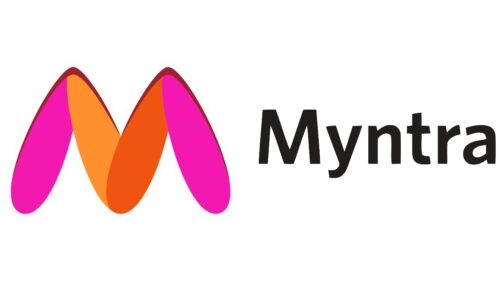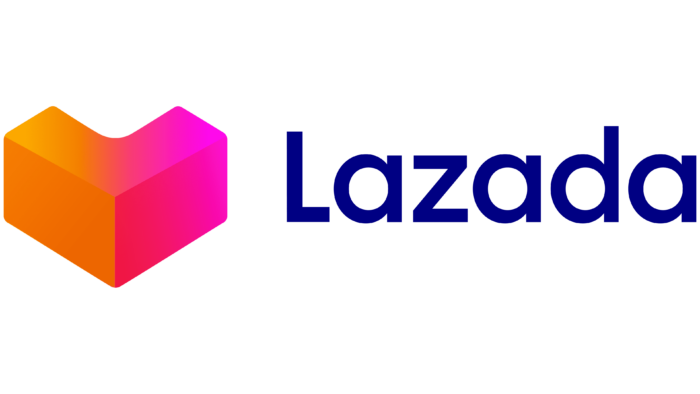The Myntra logo symbolizes brightness, creativity, and variety, reflecting the brand’s core mission to offer fashion solutions for people with different tastes and styles. The emblem’s design conveys energy and modernity. It highlights the company’s focus on current trends and unique offerings for fashion shopping, where everyone can find something special for themselves on the platform.
Myntra: Brand overview
Myntra’s story began 2007 in Bangalore, India, when three Indian Institute of Technology (IIT) alumni, Vineet Saxena, Ashutosh Lavania, and Mukesh Bansal, founded the company. Initially, the platform was an online space where users could personalize gifts like mugs, T-shirts, and other items with custom designs.
In its early years, the business focused on expanding its range of personalized products and improving its technology infrastructure. The company quickly became popular among young and business clients seeking unique gifts.
2010 marked a pivotal moment for the company. The management shifted its focus strategically to the online sale of fashion apparel and accessories. This decision was driven by the potential in the fashion industry and the growing demand for online shopping in India. The company rapidly expanded its catalog by partnering with well-known Indian and international brands.
In 2011, the business secured substantial funding from venture capital firms IDG Ventures and Tiger Global. This investment enabled the enhancement of logistics infrastructure, investment in marketing, and accelerated growth. The company also launched its first mobile app that year, recognizing the rising trend of smartphone users shopping online.
By 2012, the company had introduced its private labels, expanding its product range and increasing profit margins. This strategy proved successful and became a core part of the business model.
In 2013, the company continued its rapid expansion, increasing its market share across India. The improved delivery system and establishment of a network of warehouses reduced order processing times and boosted customer satisfaction.
2014 was a milestone year when the company was acquired by Flipkart, India’s largest online retailer, for $300 million. Despite the acquisition, the brand retained its independence and identity while benefiting from Flipkart’s resources and expertise. Post-merger, the focus remained on the fashion and accessory market.
In 2015, the company boldly transitioned to a mobile-only business model, shutting down its website to focus solely on its app. This experiment aimed to optimize resources and enhance the user experience, though users received mixed reactions.
By 2016, the business had returned to a multi-platform approach, relaunching its website. The company also introduced advanced technological solutions, such as personalized recommendations powered by artificial intelligence and virtual fitting rooms.
In 2017, the acquisition of Jabong, a major player in India’s online fashion industry, further strengthened its position as a fashion and accessories market leader. The same year, the company opened its first physical store for Roadster, one of its top-selling private labels.
The omnichannel strategy continued to expand in 2018. Collaborations with established retailers and the opening of several physical stores for private labels aimed to create a seamless “omni-experience” for customers.
In 2019, the company placed a greater emphasis on technological innovation. Investments were made in developing augmented reality applications for virtual try-ons of clothing and accessories. Additionally, the brand launched “Fashion Superstar,” India’s first fashion reality show, exclusively streamed on its app.
Despite global challenges in 2020, the company adapted and expanded. In response to changing consumer needs, the product range was quickly broadened to include home goods and health products. Logistics capabilities were enhanced to ensure timely and safe deliveries.
In 2021, continued investment in technology and innovation led to the launch of Myntra Studio, a hybrid platform that combined social networking and e-commerce for fashion content creation and consumption. The selection of luxury and premium brands also expanded.
In 2022, the focus was on sustainable and ethical fashion. To meet the growing demand for such items, a dedicated section was created for sustainable and environmentally friendly products.
By early 2023, the company had established itself as India’s leading online fashion marketplace, thanks to ongoing technological innovations, an expanding product range, and an improved customer experience. The brand continues to play a significant role in transforming the Indian fashion and accessories market by combining technological advancements with a deep understanding of Indian consumers’ preferences.
Meaning and History
What is Myntra?
Myntra is an innovative Indian online shopping platform offering a wide range of apparel, footwear and accessories from various Indian and global brands. Founded in 2007, Myntra has quickly become a fashion hub for Indians, changing online shopping in the country. Founded in Bangalore by Mukesh Bansal, Vineet Saxena and Ashutosh Lawania, Myntra initially specialized in personalized gifts and then quickly adapted to meet the growing demand for fashion online.
2007 – 2011
2011 – 2015
2015 – 2021
2021 – today
The logo of Myntra, one of India’s leading online fashion retailers, stands out with its bright and memorable style. The designers focused on the first letter of the name, turning it into a unique symbol that draws attention. They used four elongated ellipses arranged to form the letter “M,” colored in two vibrant shades—pink and orange. This color scheme resembles a sunset, creating a feeling of warmth and comfort.
The platform’s full name is next to this stylized symbol, presented in black in a simple, two-dimensional style. The sans-serif font, with smooth transitions between angles and curves, makes the text easy to read and pleasing to the eye. The black color emphasizes the symbol’s brightness and balances the emblem, keeping it formal and friendly.
The pink and orange colors symbolize energy and friendliness, making them perfect for a brand that aims to make the shopping experience enjoyable and accessible for its users. The logo reflects the dynamism and openness of a brand that, emerging during the rapid growth of e-commerce in India, has earned trust and popularity among a broad audience.
